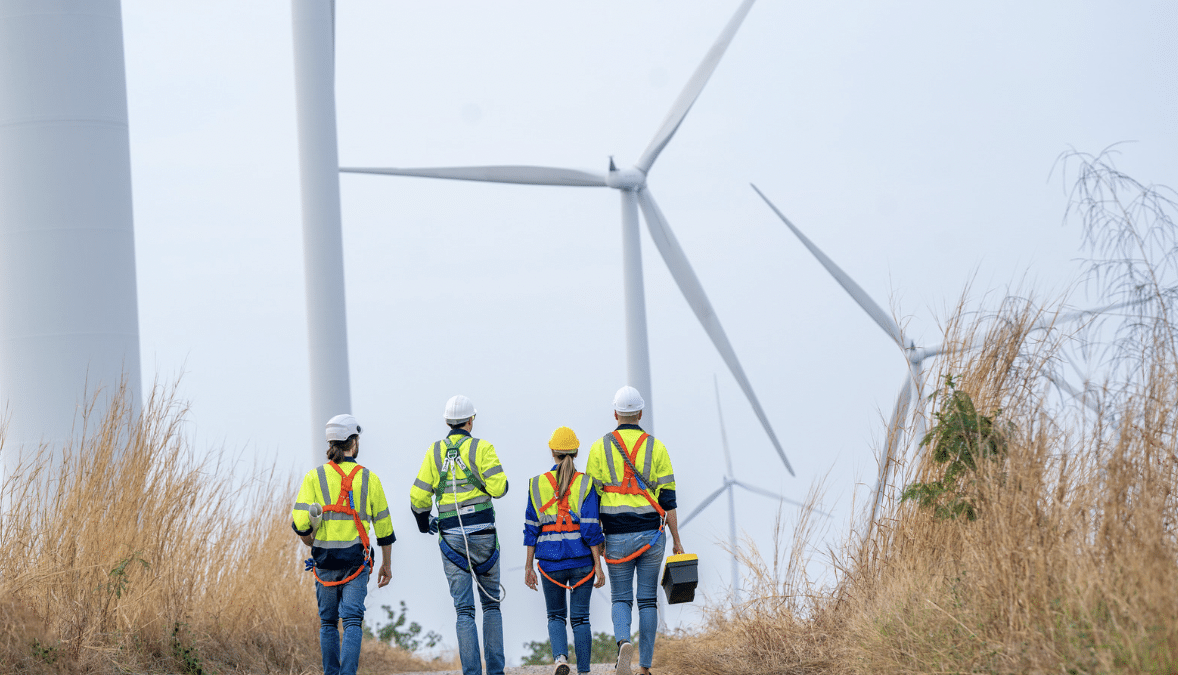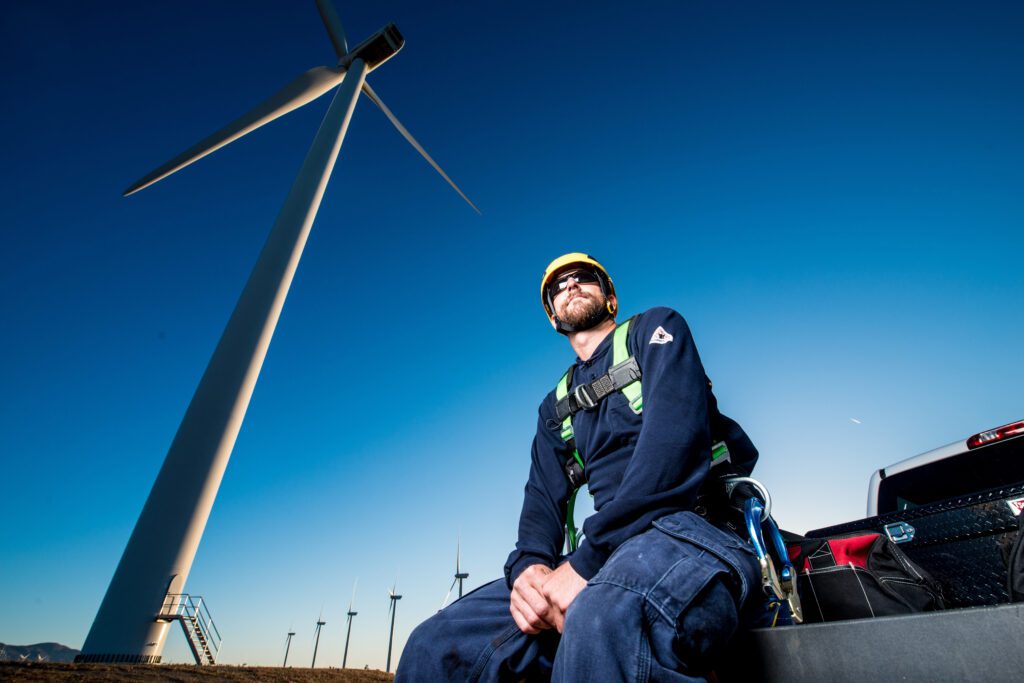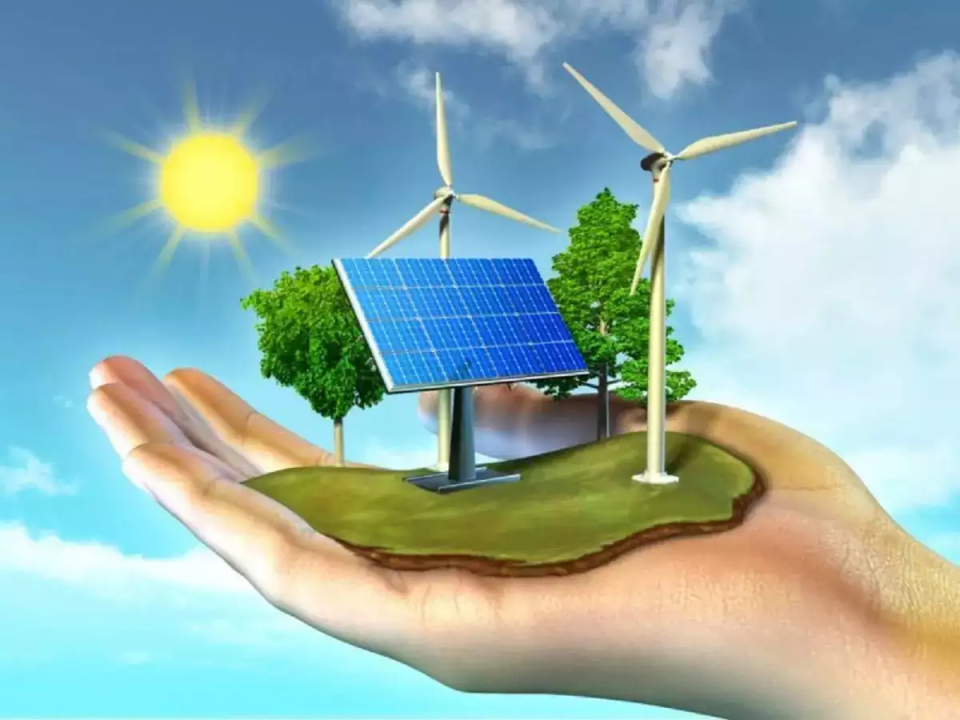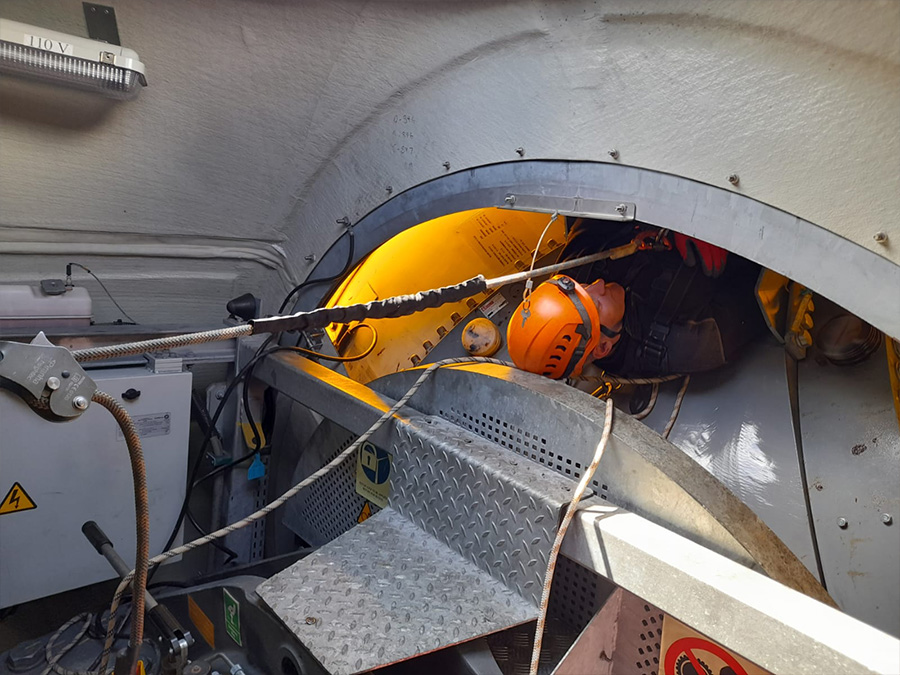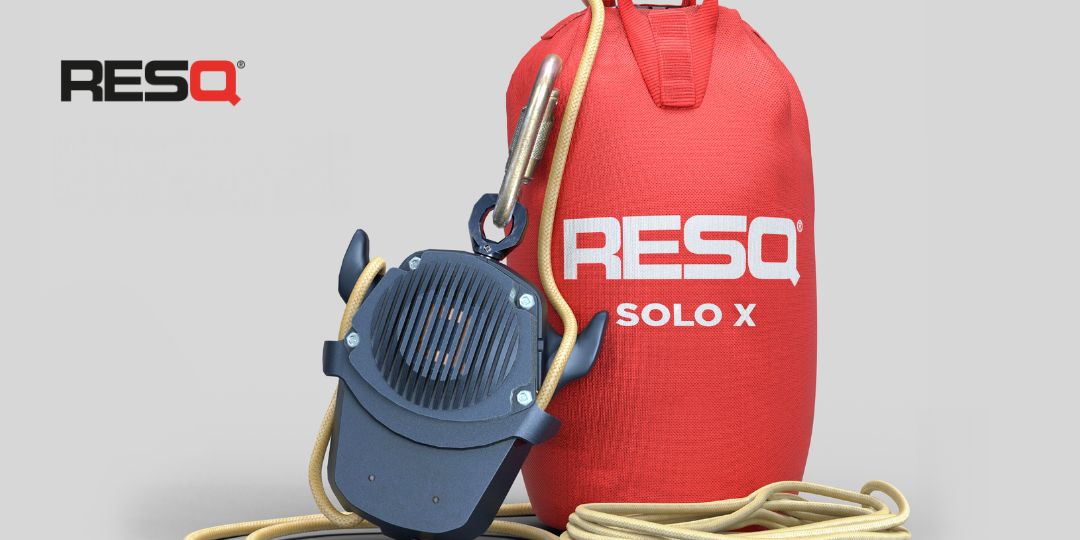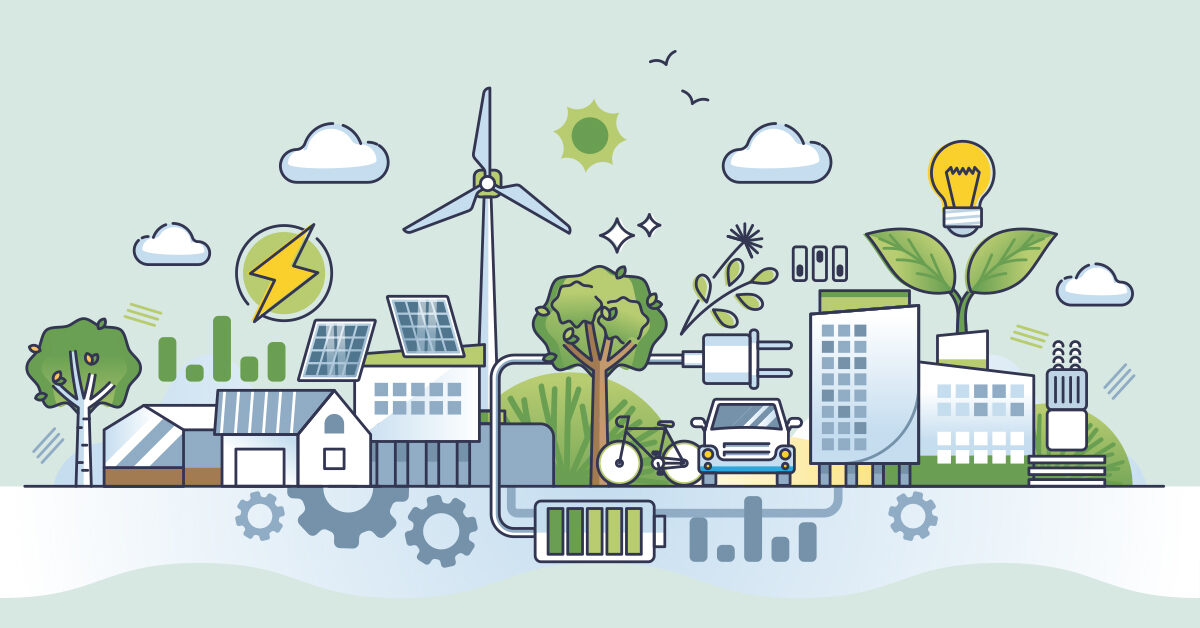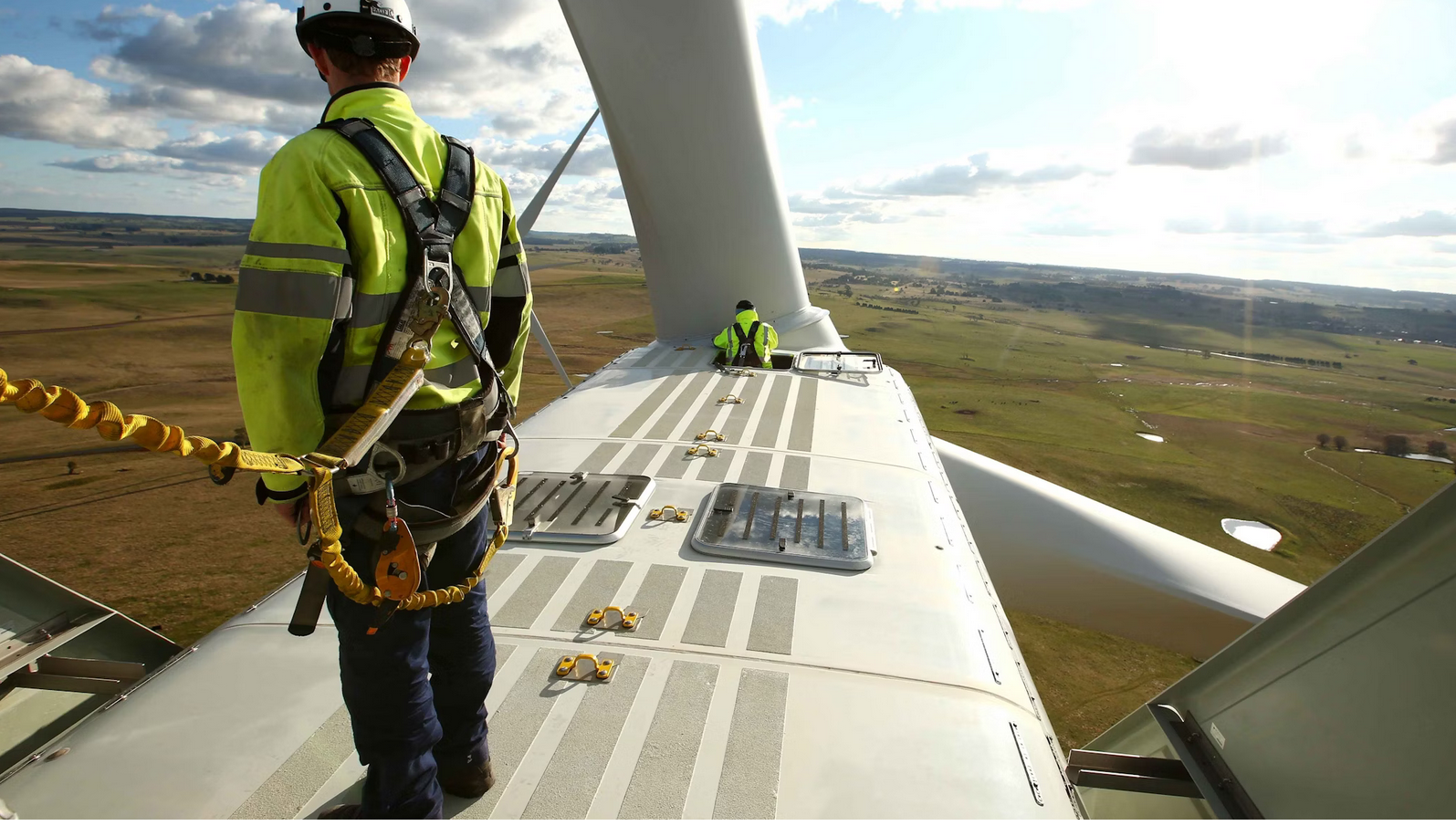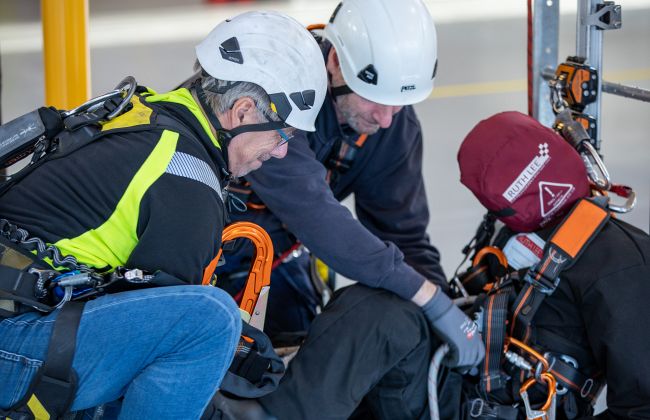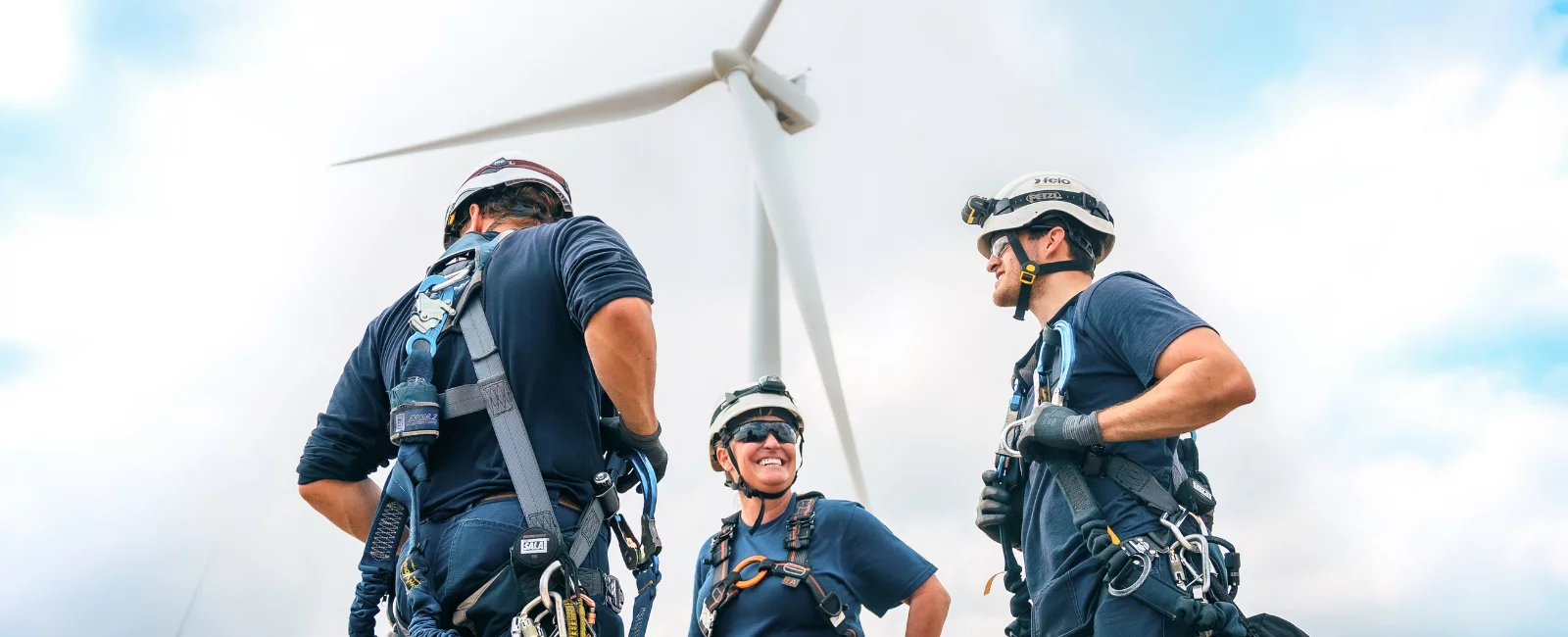The wind energy sector is rapidly growing—and so is the demand for skilled, safety-conscious workers. At STL USA, we understand the unique hiring and training needs of both aspiring technicians and the companies that rely on them. Whether you’re just starting your career, transitioning from another industry, or looking to scale your workforce with job-ready professionals, STL USA provides a comprehensive suite of hiring services designed to meet these needs head-on.
From our WindStart program for entry-level candidates to customized recruitment and apprenticeship solutions for major wind energy employers, our services bridge the gap between raw potential and on-site readiness. Here’s how we do it—for both the employee/trainee and the employer.
Hiring & Career Services for Individuals
1. WindStart: Entry-Level Training for New Technicians
WindStart is STL USA’s flagship entry-level pathway, designed for individuals who are new to the wind industry or looking to shift careers. This program prepares participants with the essential safety certifications, hands-on training, and professional development they need to enter the industry with confidence.
What WindStart Includes:
GWO Basic Safety Training (BST) certifications
Climbing and rescue training
Introduction to wind turbine operations
Career readiness support, including resume assistance and interview coaching
Who It’s For:
Military veterans
Skilled tradespeople seeking a new direction
Recent high school or college graduates
Individuals looking to transition from industries like oil & gas, construction, or manufacturing
Funding Options Available:
We’re proud to offer a variety of funding resources to support eligible WindStart participants:
Workforce Innovation and Opportunity Act (WIOA) grants
Sallie Mae – Smart Option Student Loan for undergraduate students
Employer funded scholarships
Employer-sponsored scholarships through our hiring partners
We work closely with each trainee to identify the best funding option and guide them through the application process.
2. Apprenticeship and Upskilling Opportunities
STL USA is committed to long-term career development. For those who complete WindStart or enter the field through other means, we offer apprenticeship pathways in partnership with technical colleges, trade schools, and wind companies. These programs allow new technicians to gain advanced knowledge and experience while earning a living.
Participants receive:
Continued technical training
Mentorship from experienced wind professionals
Structured career progression plans
Certification upgrades as needed
Hiring & Workforce Solutions for Employers
At STL USA, we don’t just train technicians—we also help you hire and retain the right ones. Our recruitment solutions are trusted by major OEMs and wind service providers across the United States.
1. Custom Recruitment Solutions
Our recruiting team understands the nuances of hiring for wind. We take the time to understand your needs—whether you’re hiring for a specific project, scaling up for a peak season, or building out your long-term team.
Our services include:
Screening and onboarding entry-level and experienced candidates
Providing GWO-certified technicians
Facilitating background checks, and pre-employment paperwork
Ongoing support and feedback loops post-placement
2. Entry-Level Hiring via WindStart
Many OEMs and wind energy contractors rely on STL USA to source, screen, and train new recruits through our WindStart program. These partnerships ensure that incoming workers are not only fully certified but also aligned with the company’s safety culture and operational expectations.
STL USA acts as a pipeline partner, delivering job-ready, safety-trained personnel who are ready to start work on Day One.
Many recruits also meet the criteria for funding initiatives, which can significantly reduce the costs associated with hiring and training. What’s even better is that all recruits that pass through the WindStart solution, whether they are sourced by STL USA or come through the employer’s hiring channels, are funding eligible, if the meet the funding criteria.
Talk to a member of the team for more information on how funding can help support your hiring requirements here.
3. Collaboration with Training Colleges and Industry Partners
We maintain active partnerships with technical training institutions, community colleges, and military transition programs across the country. These relationships enable us to:
Access a wide pool of diverse talent
Deliver training onsite or at one of our regional training centers
Align our curriculum with both industry standards and employer-specific requirements
Why Employers and Technicians Choose STL USA
Industry Trusted: Major wind OEMs and service providers rely on STL USA to provide top-tier training and recruitment solutions.
Fully Compliant: All training aligns with GWO and OSHA standards.
Flexible Hiring Models: Whether it’s contract, direct hire, or apprenticeship-based, we tailor our services to fit your workforce strategy.
End-to-End Support: From resume to turbine, we’re with each technician every step of the way.
Ready to Get Started?
Whether you’re looking to launch your career in wind or build a high-performing team, STL USA is your go-to hiring and training partner. Our comprehensive solutions ensure that both individuals and employers are equipped for success in this fast-paced and essential industry.
📞 Contact us today to learn more about WindStart, recruitment partnerships, or apprenticeship programs.
STL USA—Powering the Future. One Technician at a Time.
Learn more about how hiring solutions from STL USA can help build your workforce
Get in touch today, hit the EMAIL US button.

